
This map illustrates the different ages of the seafloor in the Atlantic Ocean basin.
- Subject:
- Science
- Provider:
- Utah Education Network
- Author:
- Visual Learning Company
- Date Added:
- 02/28/2010

This map illustrates the different ages of the seafloor in the Atlantic Ocean basin.
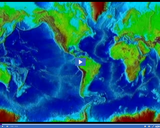
Mid-ocean ridges form the largest mountain range in the world - over 80,000 km long.
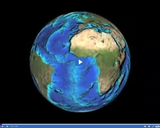
Mid-ocean ridges are underwater mountain ranges.

Continents ride on top of drifting pieces of the ocean floor. As the ocean floor moves, the continents move.
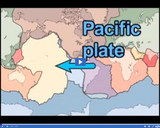
The Pacific Plate is the largest of the seven major plates.
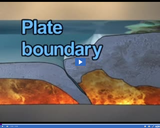
A plate boundary is where plates meet. This depicts a subduction zone, in which one plate is pushed under another. Subduction zones are also referred to as destructive zones because oceanic lithosphere is destroyed in areas where it is subducted.
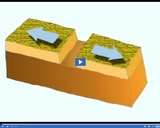
Plates can interact in three ways: move toward one another in a convergent boundary; move away from each other at divergent plate boundaries, or slide past each other at a transform fault.
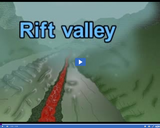
A rift valley is a crack along a mid-ocean ridge where a lot of volcanic activity occurs.
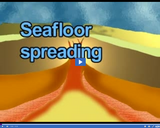
The theory of seafloor spreading states that the seafloor is moving, causing segments to separate at mid-ocean ridges, where lava wells up from valley rifts, forming a new ocean floor.
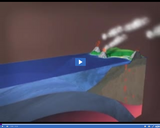
Subduction is the process of one plate plunging beneath another plate. Volcanoes often result.

Rocks slide past each other at transform faults, which are characterized by shallow earthquakes, but have little volcanic activity. The San Andreas fault is an example of a transform fault.
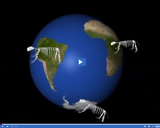
Alfred Wegner and other scientists found similar fossils of the same age on widely separate continents, suggesting they were once connected.
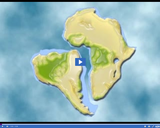
Scientists noticed that the shape of the continents make them appear as if they could fit together, causing them to wonder if they were once connected.
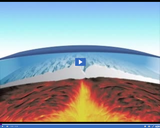
In some cases, the seafloor is moving apart at rift valleys in a process called seafloor spreading.
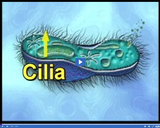
Ciliates are a group of protists that possess small hairs called cilia, which propel ciliates through water.

Most dinoflagellates possess a cell wall that look like plates of armor.
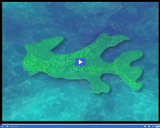
Sarcodines, such as amoebas, use pseudopods to move and engulf food.
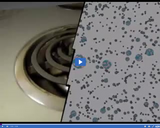
As the temperature increases in this burner, particles move faster, which forces reactants to collide and react more frequently.
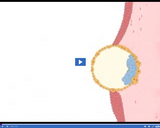
The blastocyst becomes embedded in the wall of the uterus in a process called "implantation." This signifies the beginning of pregnancy. Following implantation, the blastocyst further develops into a three-layered structure, the gastrula.
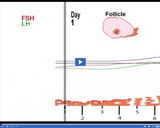
Let's begin at day one, when the pituitary glands release two hormones-- follicle-stimulating hormone, or FSH for short, and luteinizing hormone, or LH. FSH stimulates a follicle to develop into an egg.